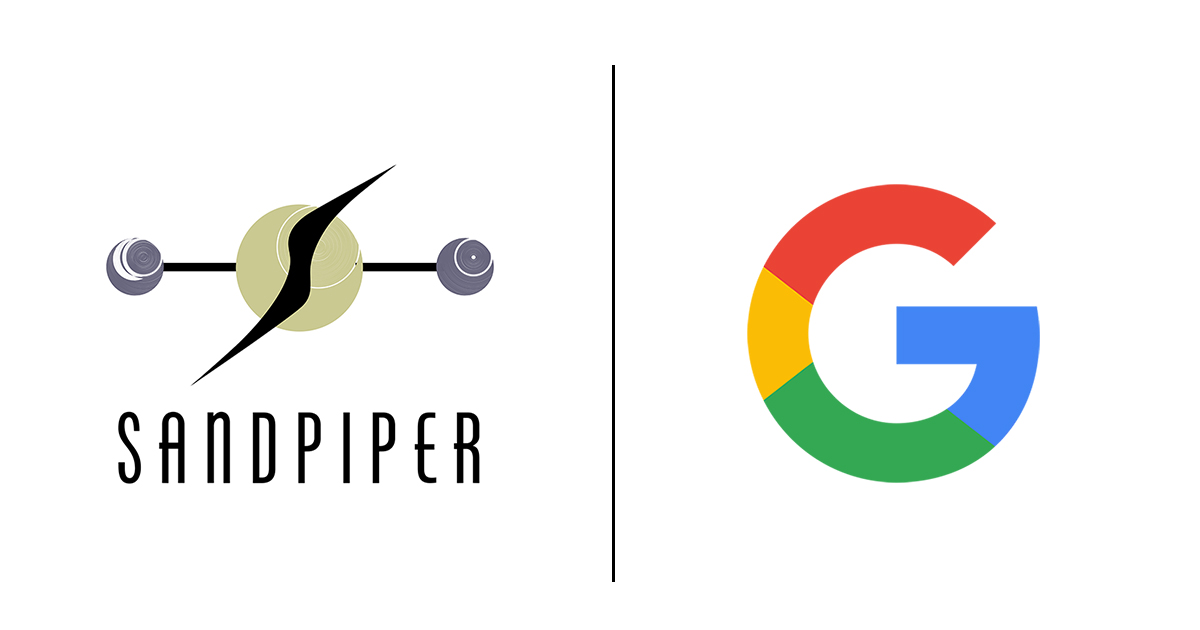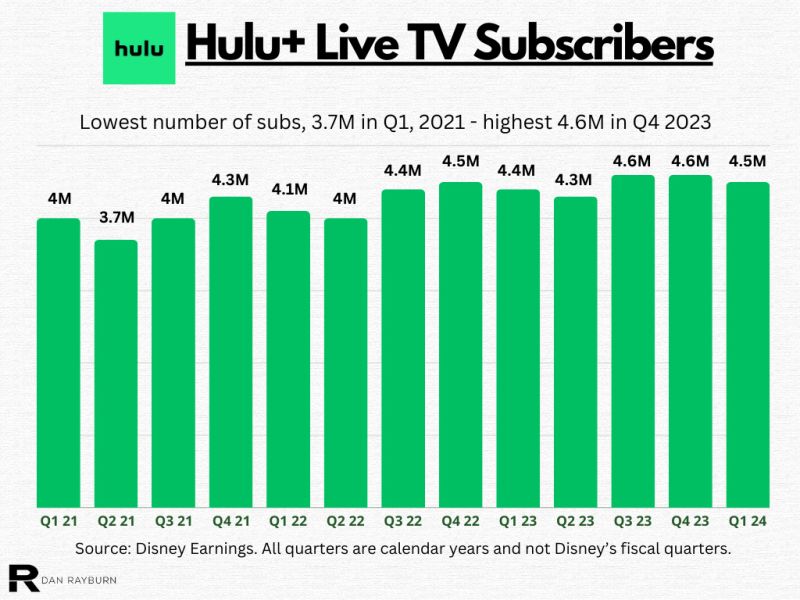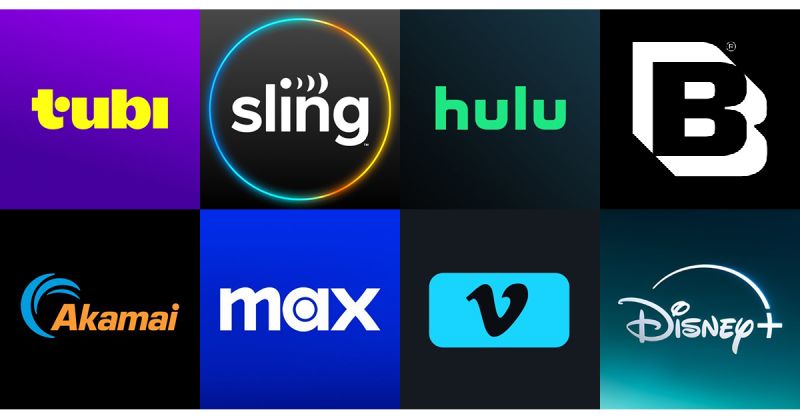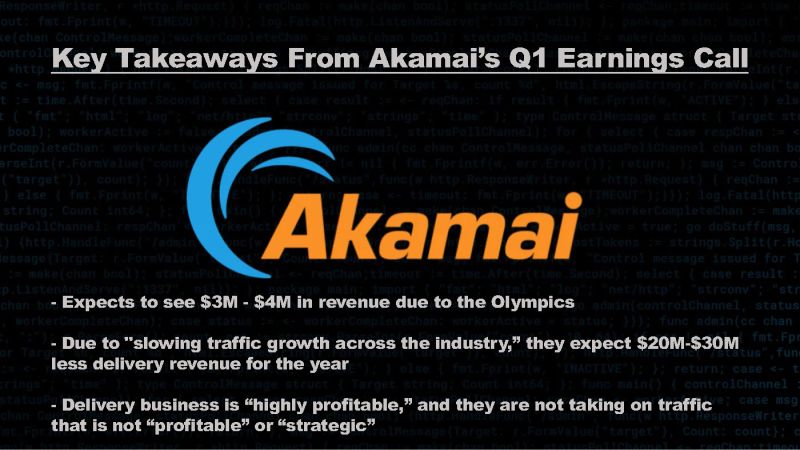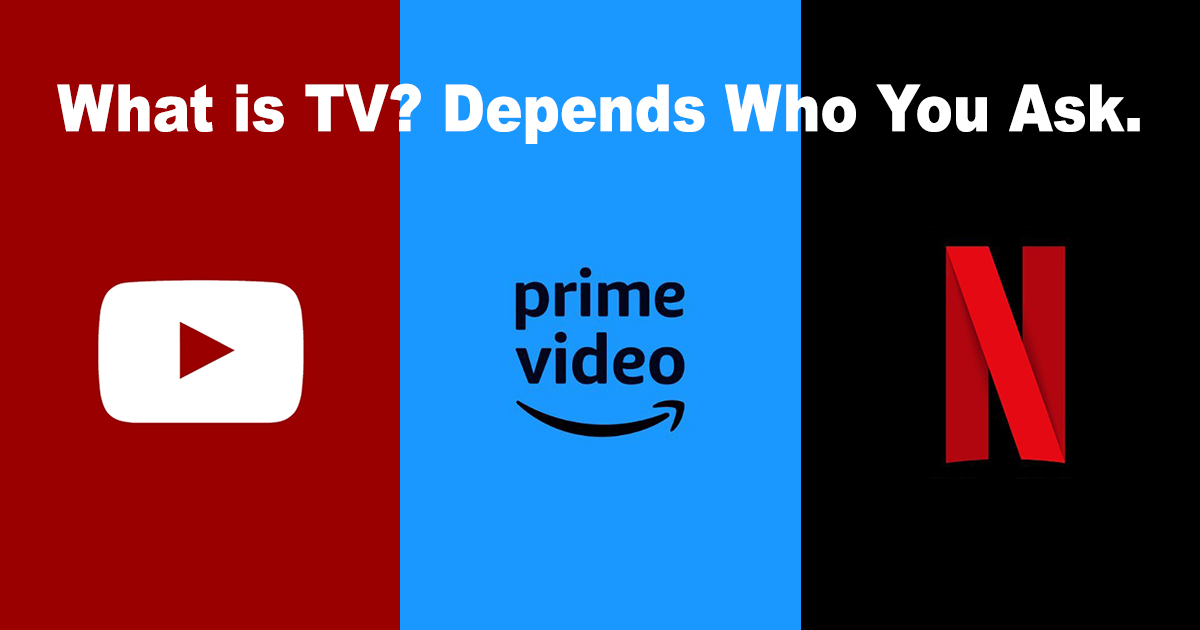
Words matter. What is TV? Our industry continues to use words interchangeably as if they all have the same meaning when they don’t. TV is a device; it’s not a type of content. Cable, satellite, and streaming are different means of distribution and video services. Netflix is not in the “streaming” business; they are in the content business and use streaming to distribute their content. “Streaming” is not TV; it’s a technology.
Today, many view the definition of TV as the type of content or viewing, and when used in that context, the word will not have a single definition. When a 30-second video clip on YouTube is being compared to a 90-minute movie on Netflix, as Nielsen does, under their definition of “TV viewing,” the term no longer has a meaning. What is classified as watching TV varies amongst users. Many younger users think of their phone as their TV, and they would be right. For many, the TV is no longer considered a device but the act of viewing a particular type of content or specific user experience, no matter the screen size it is being watched on.
For some, that is content on YouTube; for others, like myself, I only consider it a TV viewing experience if the content is long-form and professionally produced. But it’s not a right or wrong answer; it’s simply a matter of viewer preference. What’s being compared is the act of viewing video content, and what one person defines as content suitable for “TV” viewing will vary. There will never be an agreed-upon definition, and that’s ok. What’s not ok is when companies like Nielsen put out video viewership data and use many of these terms without defining them. They intentionally confuse the market, which is part of their business strategy. The more complicated they make it, the more content owners and advertisers need to use Nielsen to attempt to figure it all out.
Nielsen’s methodology for the Guage report comes from what they say are “TV households” and “linear TV sources,” the latter defined as “broadcast and cable.” A household is a location, not a type of viewing. Cable is a method of distribution. Broadcast is a type of distribution, and today, one can rightfully argue that broadcast would be a channel like ABC and a live stream on YouTube from Red Bull TV — two different types of distribution and business models.
When Nielsen measures viewership on Netflix, we know users watch long-form, professionally produced content. Thanks to Netflix’s data, we know what that content is and what’s most popular. Yet, when Nielsen measures viewership on YouTube, we have no idea what type of content is being watched. A short user-generated instructional video on YouTube is being compared to a professionally produced long-form piece of content on Netflix. That’s not comparable unless Nielsen was simply looking at the total hours spent with video services over other means of content consumption. Content owners of every type compete for our time and eyeballs, but that’s not what Nielsen is comparing.
Within the other category, Nielsen doesn’t count “high-bandwidth video streaming,” which has no definition. The bitrate of a video has never been one of the factors Niselen uses in measuring, and they don’t even collect bitrate data across services. Yet they use the bitrate of a video to define why they don’t include vMVPD services in the total viewing time, which makes no sense.
Nielsen doesn’t define viewing TV viewing by the average length of a title or type of content, which would be far more valuable. We have no idea what kind of content is being viewed on YouTube or even what percentage of it is being monetized. Netflix isn’t free. All content on YouTube is. What would be very helpful to know and track is what percentage of content being viewed on YouTube is also being delivered with ads and how that trends over time.
As an industry, no one wants to agree upon even a core set of definitions and methodology when comparing all forms of video. This is a problem and where we need to start. Content type, length, genre, distribution type and business models are all variables of any video service. But we should start with the basics regarding the length of content, type of content (UGC versus professionally produced) and average viewing time. Simply calling everything TV isn’t helpful. Words matter.

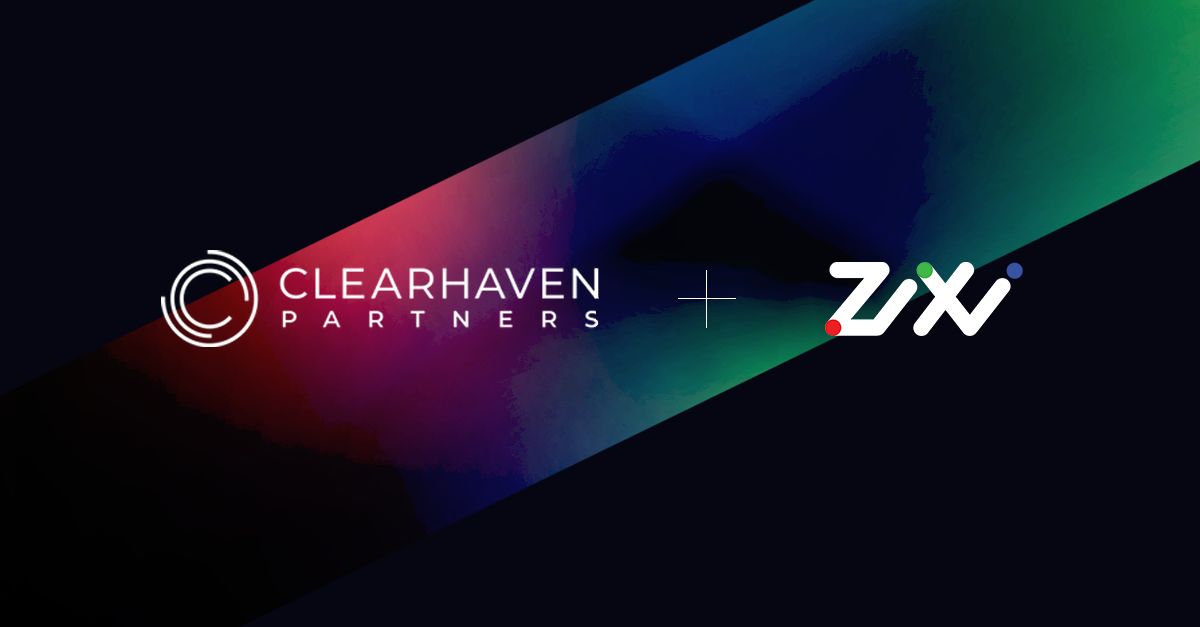

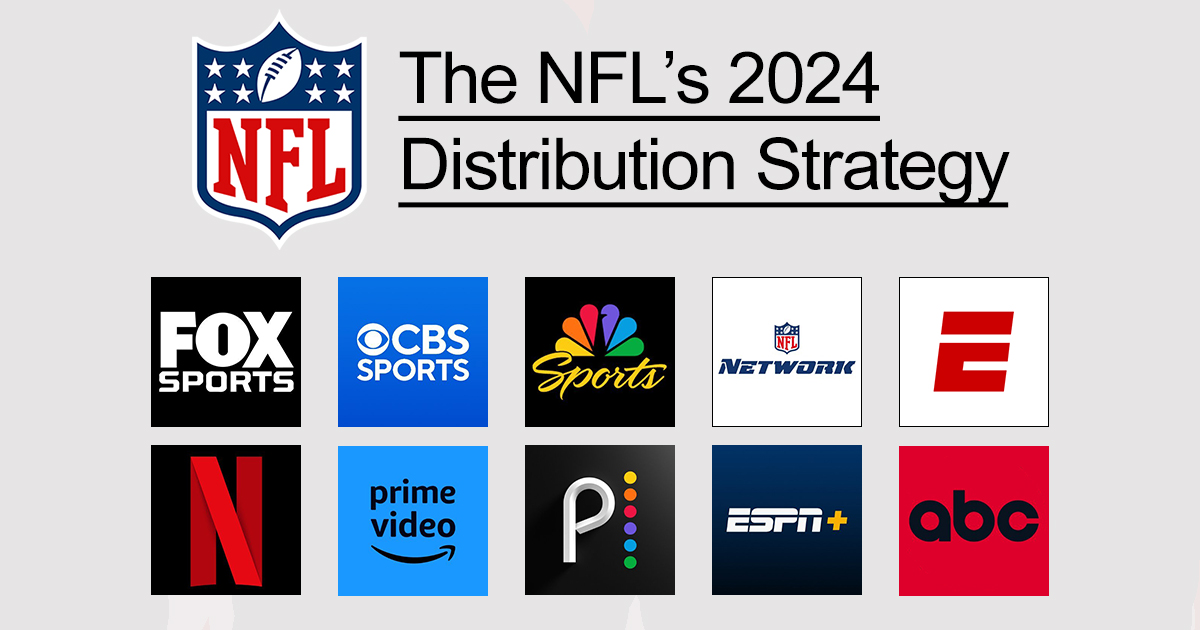 For the 2024 NFL season, games will be broadcast and streamed across ten different networks and platforms. That’s great for the NFL’s revenue, but the fragmented distribution is bad for fans. The NFL can get away with this since, in 2023, NFL programming accounted for 93 of the 100 highest-rated shows on TV. Adding two games on Netflix this year allows the NFL to grow its audience, with the Netflix deal being the first that allows for global distribution with no blackout restrictions. Here’s a breakdown of how many games are on each platform:
For the 2024 NFL season, games will be broadcast and streamed across ten different networks and platforms. That’s great for the NFL’s revenue, but the fragmented distribution is bad for fans. The NFL can get away with this since, in 2023, NFL programming accounted for 93 of the 100 highest-rated shows on TV. Adding two games on Netflix this year allows the NFL to grow its audience, with the Netflix deal being the first that allows for global distribution with no blackout restrictions. Here’s a breakdown of how many games are on each platform: